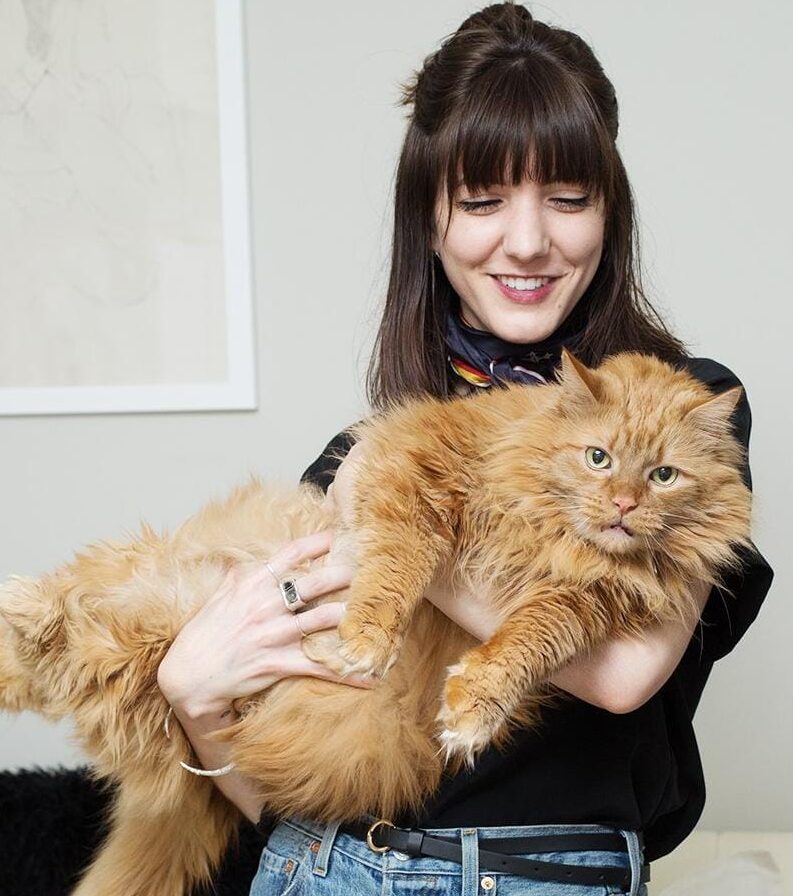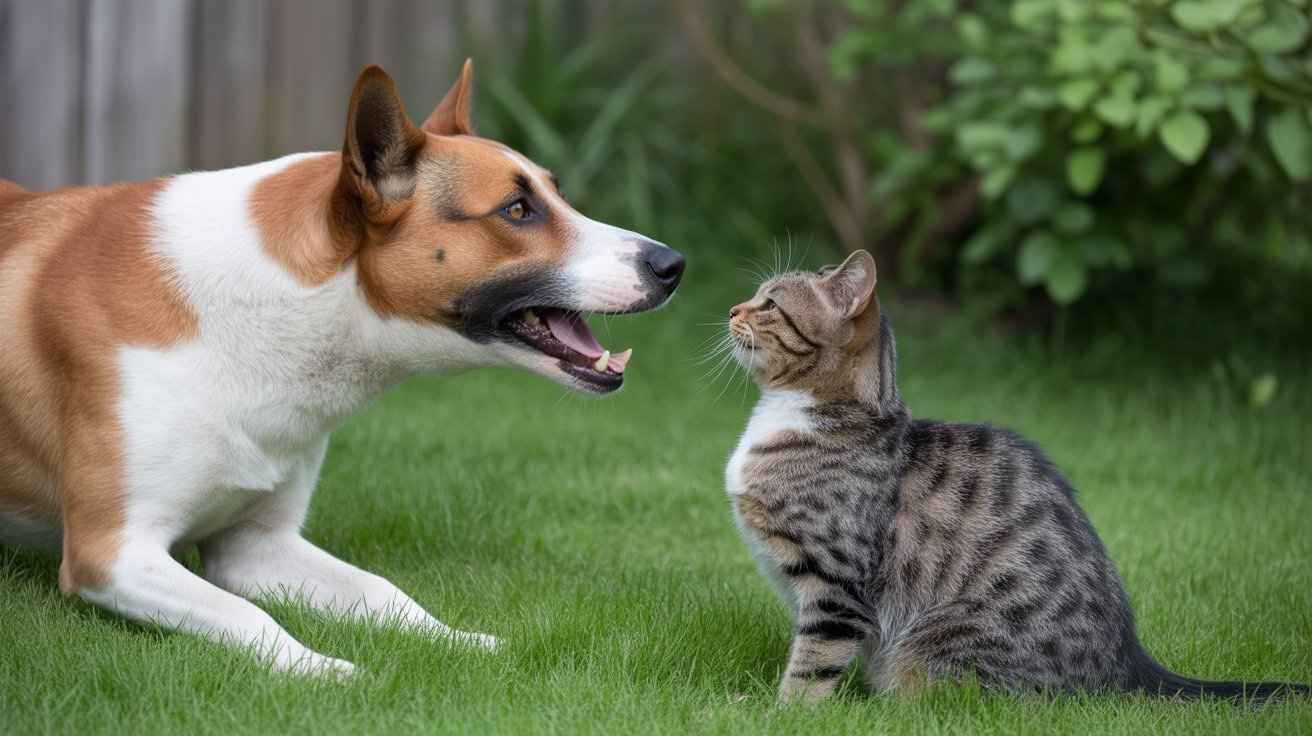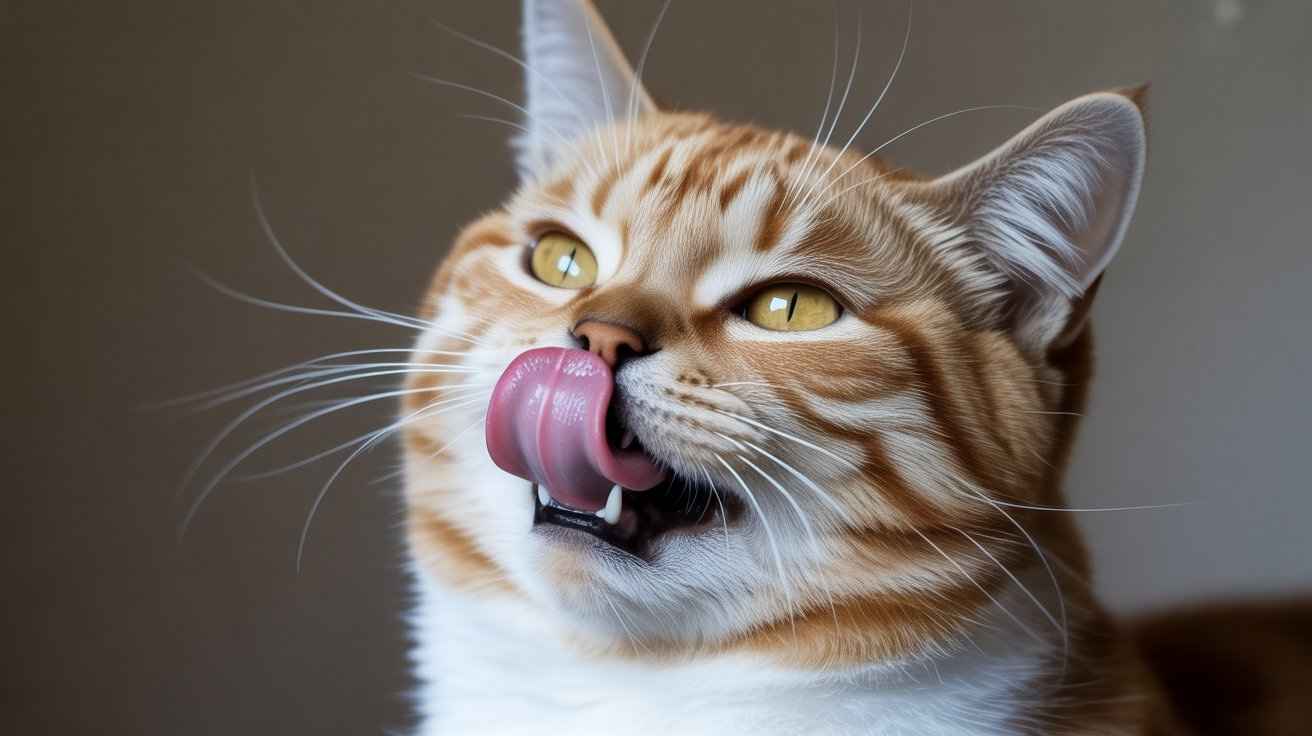Why Does My Dog Stretch Like a Cat? 10 common reasons include waking up, greeting, muscle relief, bonding, comfort, relaxation, stress relief, and play.
Why Does My Dog Stretch Like a Cat?
Why does my dog stretch like a cat? Many owners notice their dogs arching their backs, extending their legs, or taking a yoga-like pose.
This behavior is normal and often linked to waking up, playtime, or greeting rituals. Common stretches, such as the child’s pose or downward dog pose, demonstrate relaxation and healthy communication.
However, frequent or unusual stretching can also signal discomfort, pain, or illness.
Quick Answer
Dogs stretch like cats primarily for normal reasons — waking up, greeting, or inviting play. These stretches help loosen muscles and improve blood flow. However, if your dog is stretching excessively, arching its back, or experiencing these symptoms in combination with vomiting, abdominal pain, or limping, it’s time to see a veterinarian.
10 Common Reasons Why Dogs Stretch Like Cats
Here are ten everyday reasons your dog might stretch:
- Waking Up Routine – Loosens stiff muscles after rest.
- Greeting Behavior – A way to say “hello” to their owners.
- Play Invitation – Stretching forward signals a desire to play.
- Comfort Adjustment – Helps them relax before lying down.
- Muscle Warm-Up – Prepares for running or jumping.
- Cooling Down – Relieves tension after vigorous activity.
- Stress Release – Dogs may stretch when anxious.
- Digestive Comfort – A gentle stretch can ease belly pressure.
- Imitation – Some dogs copy their feline companions.
- Natural Instinct – Stretching is hardwired into their biology.
A Comparison Guide: Dog Stretching vs. Cat Stretching
| Feature | Dogs | Cats |
|---|---|---|
| Primary Purpose | Communication and play readiness | Flexibility and hunting preparation |
| Common Poses | Play bow, forward stretch | Arching back, full-body elongation |
| Muscle Focus | Shoulders, hips, spine | Spine, core, hind legs |
| Social Meaning | Signals friendliness or invitation | Less social, more self-focused |
| Frequency | Often after sleep and during play | Constant, multiple times a day |
What Does a “Cat-Like” Dog Stretch Look Like?
When you ask, “Why does my dog stretch like a cat?”, it usually refers to one of a few standard poses. The play bow occurs when the front legs stretch forward and the rump remains high, often accompanied by a wagging tail.
The downward dog pose appears to be a yoga stretch, with the spine long and relaxed. Some dogs also perform a full back arch, curving their spine high, much like a feline. Each of these stretches has a different meaning and context.

Normal Reasons Dogs Stretch Like Cats
Dogs stretch like cats for healthy, natural reasons.
- After sleep, it loosens stiff muscles and improves blood flow.
- Greeting stretch – front legs out, rump up, shows happiness.
- Play bow – invites play or exercise.
- Older dogs – eases stiff joints and warms up the body.
Cat-like stretches are a regular dog habit and indicate that your pet is relaxed, flexible, and ready for action.
Special Stretch Types and What They Mean
Dogs have different ways of stretching that look like cats. The play bow is when your dog puts its front legs down and keeps its back legs up.
It’s a way of saying, “Let’s play!” The downward dog pose looks like yoga. It helps relax the body after a good night’s sleep. Some dogs do a spinal arch, curving their backs like a cat.
This can be normal, but if it appears stiff or painful, monitor it closely. Most of the time, these stretches mean your dog feels happy, relaxed, and ready for fun.

When Stretching Can Mean Trouble
Most stretches are regular, but sometimes they mean a dog is not feeling well. If your dog stretches excessively, arches its back, or appears lethargic or weak, it may be a sign of a health issue.
Stretching with vomiting, no eating, or tummy pain can be a sign of pancreatitis or other belly trouble. Older dogs may stretch more if they have joint pain or arthritis.
If your dog is stiff, limps, or cries while stretching, it could be a back or spine issue. In these cases, contact your veterinarian immediately.
How to Tell Safe vs Worry Stretches

Not every stretch means the same thing. Safe stretches are short, happy, and often accompanied by a wagging tail or a playful jump. These are normal and indicate that your dog feels well.
Worry can last longer and may be accompanied by symptoms such as whining, vomiting, not eating, or weak walking.
If your dog keeps stretching repeatedly or appears to be in pain, that’s a sign to be cautious. You can also take a short video of the stretch and show it to your vet for advice.
What to Do Next
If your dog stretches like a cat, first watch closely. Regular stretches are short and playful. However, if you notice tummy pain, limping, or a refusal to eat, it’s time to take action.
At home, keep your dog on a healthy diet, provide gentle playtime, and let them rest. Older dogs may need help with stiff joints.
If stretching comes with vomiting, crying, or a bloated belly, take your dog to the vet right away. It’s always better to check early so your dog can stay happy and healthy.

FAQs
Q: Is it normal for my dog to stretch like a cat?
Yes! Most of the time, it is normal. Dogs stretch after sleep, during play, or when they feel happy.
Q: Why does my dog stretch and yawn?
ThatThat’sled pandiculation. It helps the body relax muscles aits nd get energized.
Q: Should I worry?
Be cautious when stretching, as it may be accompanied by tummy or abdominal pain, or loss of appetite, and consult your vet promptly.
Q: Can dogs copy yoga poses?
Yes! Many dogs do the downward dog pose, just like many.

Hi, I’m Sana Sajid!I’m the voice behind CatsCare.blog, sharing my 10+ years of hands-on cat care experience. With a diploma in animal care, I offer practical tips, trusted advice, and easy-to-follow guides to help keep your cats healthy and happy.
When I’m not writing, I spend time with my own cats or exploring the latest developments in feline health. Follow CatsCare.blog for expert insights and real cat stories!

![A golden retriever is stretching on a fluffy beige rug in a pose similar to a cat's "downward dog" stretch. Its front legs are on the ground and its rear is up in the air with its tail raised, as it looks forward.[Why Does My Dog Stretch Like a Cat?]](https://catscare.blog/wp-content/uploads/2025/09/Why-Does-My-Dog-Stretch-Like-a-Cat-1.jpg)


![A fluffy silver tabby cat with long fur is sprawled out and relaxing on a light-colored sofa, looking towards the camera. [Why Are Cats So Lazy?]](https://catscare.blog/wp-content/uploads/2025/09/why-are-cats-so-lazy.jpg)
